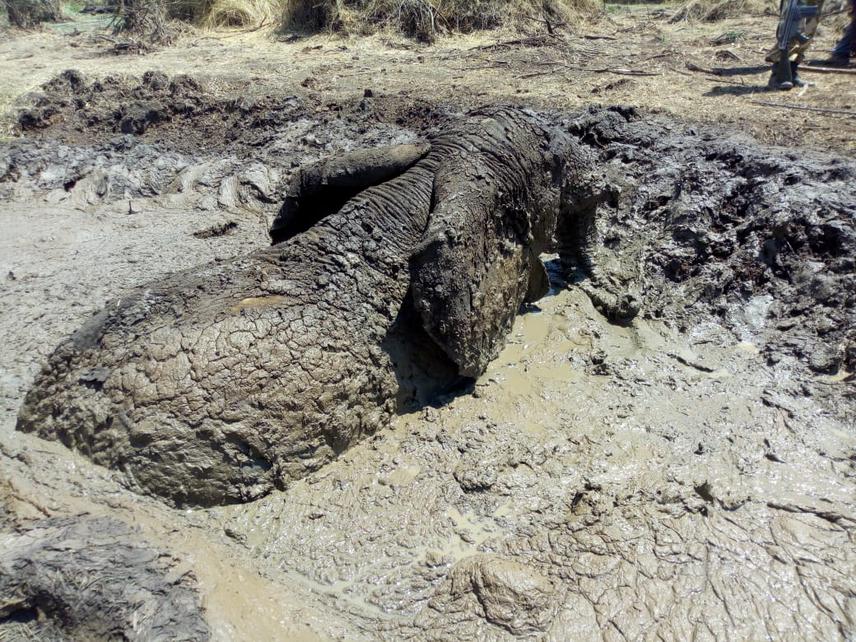Johnson Kiptoo Kiprop
Other projects
20 Jun 2017
Giving Reptiles a Voice; Living on the Edge of Human Reptile Conflicts-Lake Kamnarok, Kerio Valley Kenya
1. To establish Eco-Clubs in selected schools around Lake Kamnarok
2. To educate young scholars about biodiversity conservation
3. To raise community awareness regarding activities that destroy habitats
4. To engage locals in restoration programs of critical catchments and wetlands using enrichment planting and natural regeneration

Elephant stuck in the mud, Lake Kamnarok-Kenya. © Joseph Kangogo.
The Lake Kamnarok National Reserve is found in Kerio Valley, Kenya. The Kerio Valley is in the Great Rift Valley between the Tugen Hills and the Elgeyo Escarpment. Adjacent to Lake Kamnarok National Reserve and part of the same ecosystem is the Rimoi Game Reserve. Separated by the Kerio River, these two ecosystems are home to the largest herds of elephants in East and Central Africa,
The rate of human encroachment into wildlife habitats and ecosystems in Lake Kamnarok is posing the greatest threat to biodiversity. The natural habitats set aside for the protection and conservation of biodiversity are being encroached and utilized for agriculture (food crops and grazing). The Lake Kamnarok National Reserve (LKNR) have already been encroached, cleared and converted for agricultural use. The illegal grazing of livestock inside the protected LKNR has led to overgrazing, extensive soil degradation and is negatively impacting the remaining habitat and ecosystem. The applications of pesticides on farmlands inside the reserve are harming pollinators, insect-eating birds and other species that prey on agricultural pests. The human population is expected to grow and food demand is expected to grow even faster. Hence, feeding the growing population using current agricultural methods could result in converting wildlife habitats to agricultural production. A serious limiting factor is water, as the scarce freshwater used by people is already devoted to agriculture.
In this project, the established Eco-Clubs are intended to link the schools and the local communities and provide a platform to engage farmers and the locals in general about why agricultural productions need to focus more explicitly on ecologically sensitive management systems. The project activities will extend to communities residing in and around Tugen Hills in Baringo County and Embobut forest in Elgeyo Marakwet County and address deforestation which is negatively impacting Lake Kamnarok.